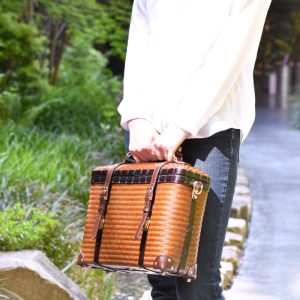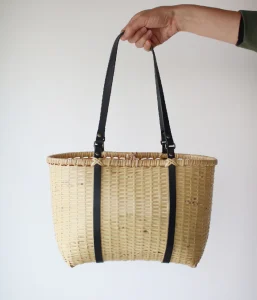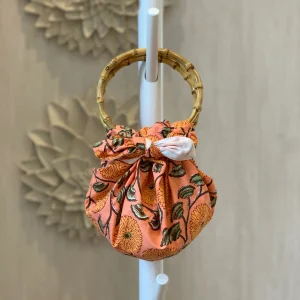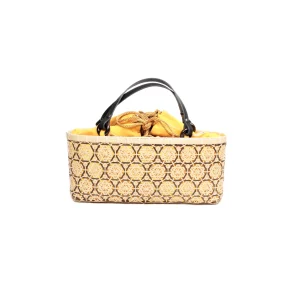
In recent years, Japanese handbags have surged in popularity worldwide, marking what many are calling a “Japan Handbag Boom.” Once considered a niche luxury, these accessories have become must-have items, blending tradition, innovation, and fashion-forward design. This boom is not just about bags—it’s about a cultural movement that combines craftsmanship, minimalism, and authenticity.
Artistry in Every Stitch

One of the biggest drivers behind Japan’s handbag renaissance is its unmatched dedication to craftsmanship. Known locally as “monozukuri”, the Japanese philosophy of artisan manufacturing emphasizes precision, quality materials, and attention to detail. From Tokyo to Kyoto, small workshops and heritage brands are hand-making bags that can take weeks to complete.
Brands like Hender Scheme, Porter Yoshida, and Samantha Thavasa have become cult favorites for their ability to combine sleek designs with durable construction. Many feature vegetable-tanned leathers, handcrafted handles, and meticulous stitching that rival—and often surpass—European luxury brands.
Minimalism Meets Function

Japanese handbags are also beloved for their functionality. While fashion in the West often emphasizes appearance over use, Japan strikes a balance. Popular designs include structured totes, fold-over backpacks, and compact crossbody bags, all featuring smart storage options and weather-resistant materials.
Designers often embrace minimalist aesthetics, using subdued colors, clean lines, and intuitive features. This “quiet luxury” aligns with the broader Japanese lifestyle principles of simplicity (kanso) and naturalness (shizen).
Cultural Influence and Global Trend
Part of the handbag boom can be attributed to the broader global fascination with Japanese culture. From anime to cuisine to Zen-inspired design, Japanese influence is trending across fashion, art, and home decor. As consumers seek authenticity and meaning in their purchases, Japanese brands stand out for their strong identity and cultural roots.
Social media has also played a key role. Influencers and fashion bloggers in South Korea, the U.S., and Europe regularly feature Japanese handbags in their content, praising their subtle beauty and understated luxury.
Sustainability and Slow Fashion

In a world growing more conscious of fast fashion’s environmental cost, Japanese handbags offer an appealing alternative. Many brands prioritize sustainability through small-batch production, ethical sourcing, and long-lasting materials. Shoppers drawn to the slow fashion movement find these pieces to be both stylish and sustainable.
Some artisans even use upcycled materials or natural dyes, aligning with eco-conscious values. The idea isn’t just to sell a product—it’s to pass down a story, a craft, and a way of life.
Conclusion: More Than a Trend
The Japan handbag boom is more than just a fleeting trend. It reflects a deeper shift in consumer values: toward quality over quantity, story over status, and subtle elegance over flashy logos. Whether you’re a seasoned fashionista or a minimalist at heart, a Japanese handbag offers more than just a stylish accessory—it offers a piece of living tradition.
As global demand continues to rise, Japan’s handbag makers are proving that quiet craftsmanship can make a loud statement on the world stage.
Thanks for join with us
Copyright by Iflex9